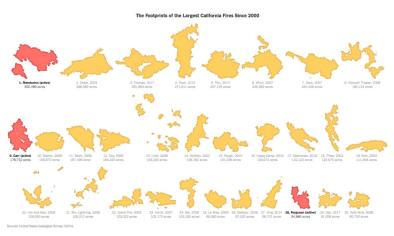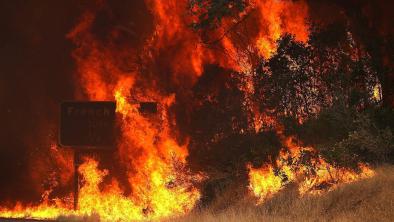Science Source
A review of the relationships between drought and forest fire in the United States
- States that the historical and presettlement relationships between drought and wildfire are well documented in North America, with forest fire occurrence and area clearly increasing in response to drought
- States there is evidence that drought interacts with other controls (forest productivity, topography, fire weather, management activities) to affect fire intensity, severity, extent, and frequency
- States that fire regime characteristics arise across many individual fires at a variety of spatial and temporal scales, so both weather and climate - including short- and long-term droughts - are important and influence several, but not all, aspects of fire regimes
- Reviews relationships between drought and fire regimes in United States forests, fire-related drought metrics and expected changes in fire risk, and implications for fire management under climate change
- Finds that, collectively, this points to a conceptual model of fire on real landscapes: fire regimes, and how they change through time, are products of fuels and how other factors affect their availability (abundance, arrangement, continuity) and flammability (moisture, chemical composition)
- States that climate, management, and land use all affect availability, flammability, and probability of ignition differently in different parts of North America
- States that from a fire ecology perspective, the concept of drought varies with scale, application, scientific or management objective, and ecosystem
Related Content
Headline

Aug 13, 2018 | New York Times
Three of California’s Biggest Fires Ever Are Burning Right Now
Headline

Aug 10, 2018 | Weather Underground
State of Emergency Declared for Southern California's Holy Fire; Infernos Grow in Northern California
Headline

Aug 8, 2018 | The Weather Channel
California's Mendocino Complex Grows Even More After Setting State Record
Headline

Aug 2, 2018 | Axios
How the Carr Fire morphed into a towering, deadly "fire tornado"


